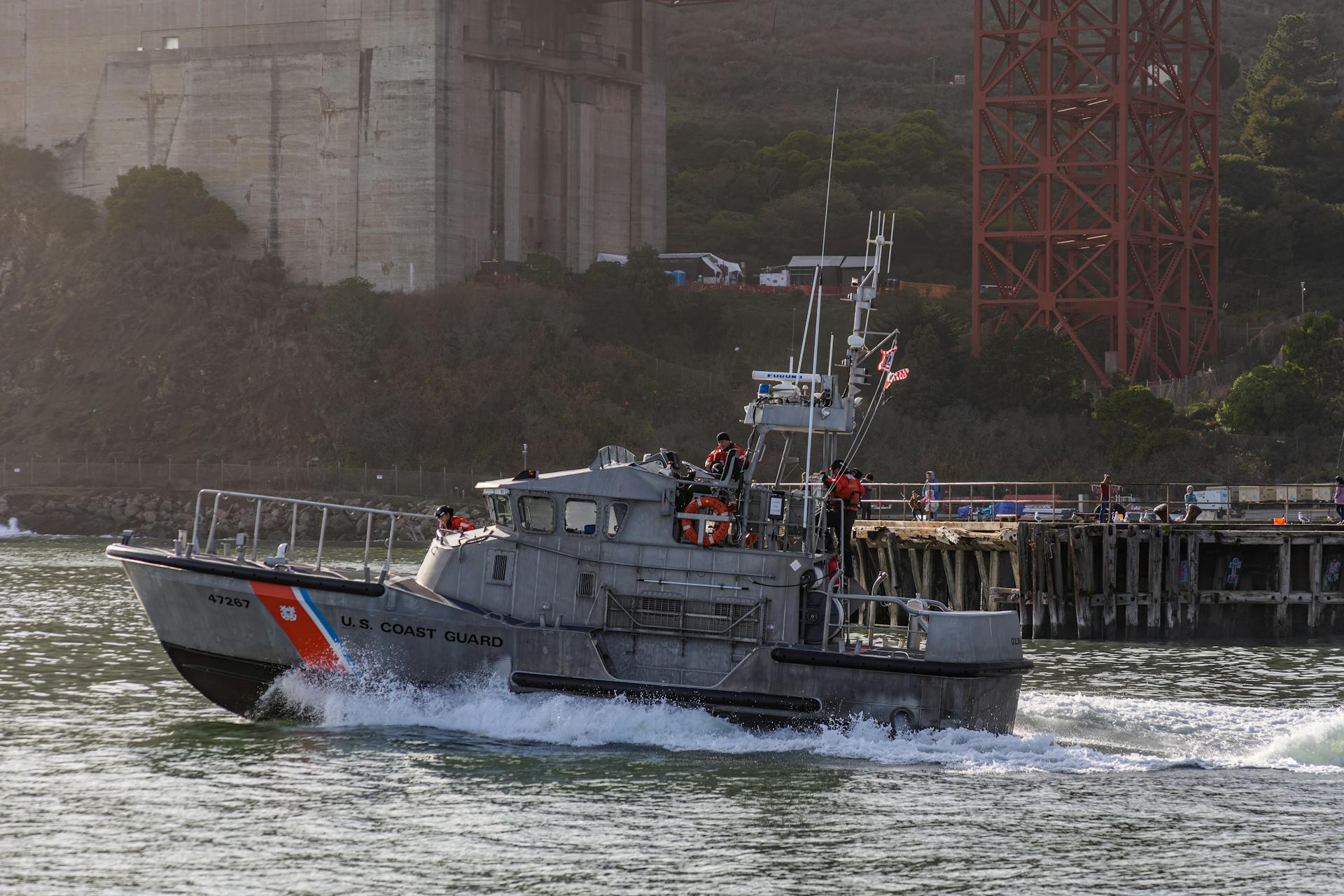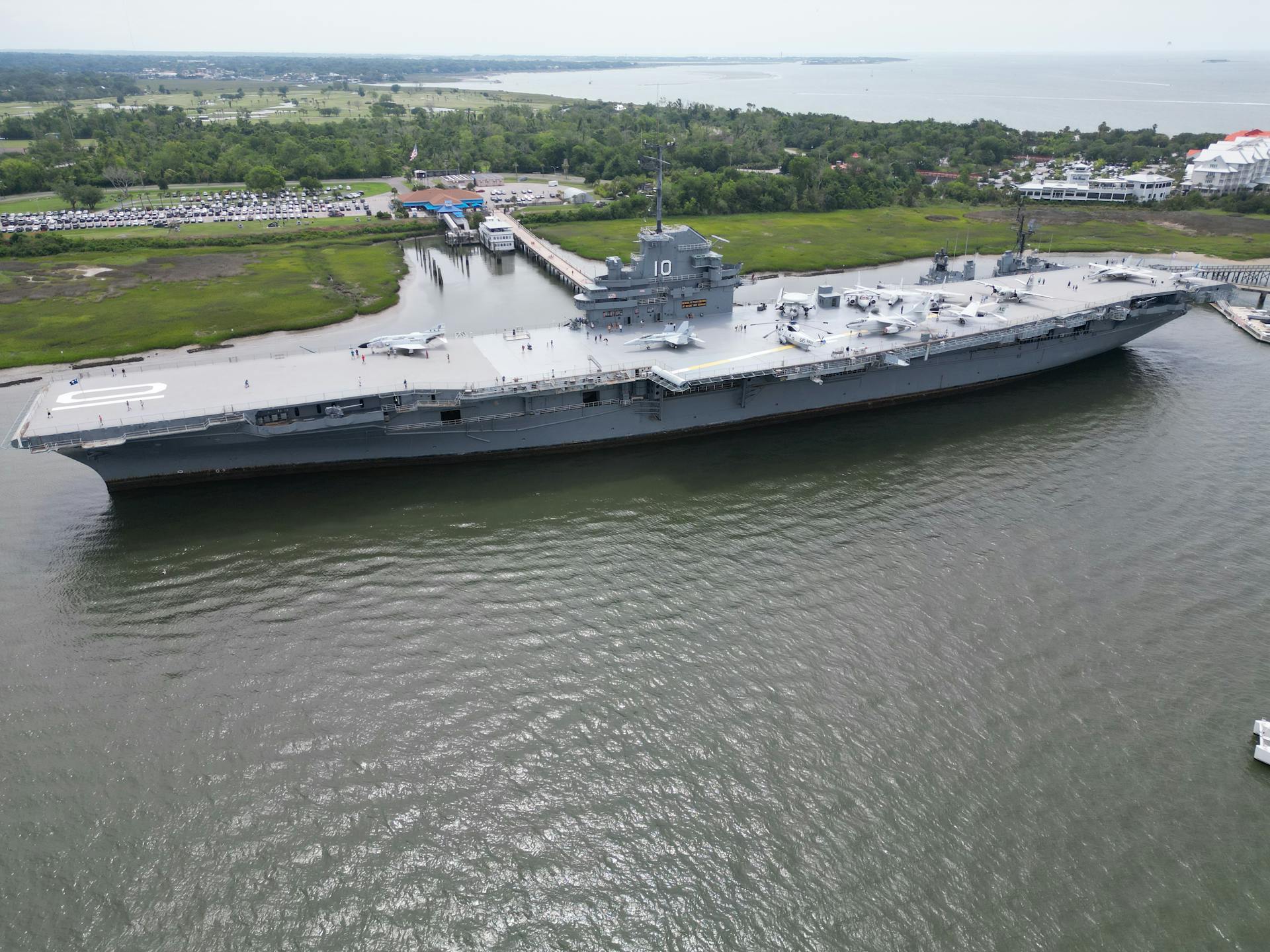
Thomas Andrews was a renowned shipbuilder and naval architect who played a pivotal role in the construction of the RMS Titanic. He was born in 1873 in Queens Island, Ireland, and began his career in shipbuilding at the age of 15.
Andrews worked under the direction of Lord William Pirrie, the chairman of the Harland and Wolff shipbuilding company, and was heavily involved in the design and construction of the Titanic. He was known for his meticulous attention to detail and commitment to excellence.
Andrews' dedication to his work was evident in the numerous innovations he introduced to the Titanic's design, including the use of a double-bottom hull and a system of watertight compartments. These features were designed to make the ship unsinkable.
Andrews' legacy extends far beyond the tragic fate of the Titanic. His contributions to shipbuilding and naval architecture paved the way for future generations of engineers and designers.
Early Life

Thomas Andrews was born on 7 February 1873 at Ardara House, Comber, County Down, in Ireland.
He was the son of The Rt. Hon. Thomas Andrews, a member of the Privy Council of Ireland, and Eliza Pirrie. His parents were Presbyterian of Scottish descent.
Andrews considered himself British, and this sense of identity was shared by his brother. His siblings included J. M. Andrews, the future Prime Minister of Northern Ireland, and Sir James Andrews, the future Lord Chief Justice of Northern Ireland.
Thomas Andrews lived with his family in Ardara, Comber, where he likely grew up surrounded by his close-knit family. In 1884, he began attending the Royal Belfast Academical Institution.
At the age of sixteen, Andrews began a premium apprenticeship at Harland and Wolff, where his uncle, the Viscount Pirrie, was part owner. Andrews' sharp wit and penchant for hard work had already brought him prominence within his uncle's company.
Career and Shipbuilding
Thomas Andrews' career in shipbuilding was marked by rapid advancement and a passion for innovation. He began his five-year apprenticeship at Harland and Wolff, working in various departments, including the joiners' shop, cabinetmakers', and drawing office.
Andrews' dedication and hard work earned him a reputation as a genius in ship design. By 1907, he had been appointed Managing Director of Harland and Wolff and was overseeing the plans for three massive ocean liners: RMS Olympic, RMS Titanic, and RMS Britannic.
Andrews was intimately connected with the design of Olympic and Titanic, and his tireless work ethic and willingness to listen to input from workers made him well-loved in the company. He frequently showed up at the shipyard at any time, ready to lend a hand or correct workers when needed.
Harland and Wolff
At Harland and Wolff, Andrews began his five-year apprenticeship with three months in the joiners' shop, followed by a month in the cabinetmakers', and then two months working on ships.
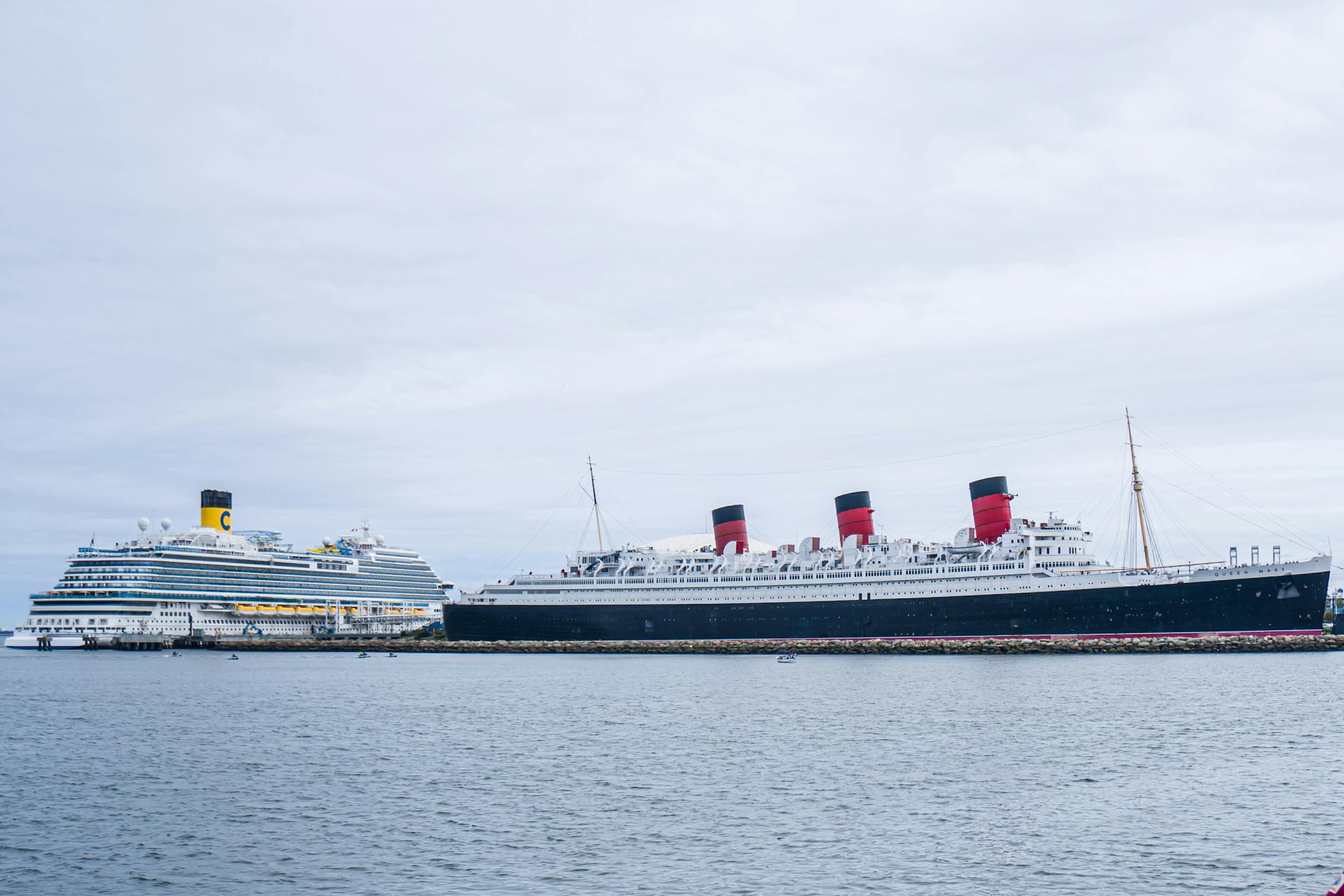
He worked tirelessly during the day and continued his studies in the evening hours, eventually becoming deeply involved in the construction of White Star's ocean liners.
Andrews was serving as Assistant Shipyard Manager in 1901, and was later appointed Manager of the Construction Works that same year.
By 1907, he had been appointed the Managing Director of Harland and Wolff and began to oversee the plans for three new ocean liners for the White Star Line.
Andrews was intimately connected with the design of Olympic and Titanic, ships he designed to be the largest, safest, and most luxurious at sea.
He was known to have shared his lunch with fellow workers when the need came up, and was willing to pitch in and lend a hand at some physically demanding work task as the need arose.
Andrews was a tireless worker, frequently showing up at the shipyard at any time, and was always willing to listen to input from workers who thought they had a better way to do something.
He was described as cheery, optimistic, and generous by his coworkers, and was said to have made those around him happy with his friendly greeting and warm handshake.
RMS Titanic
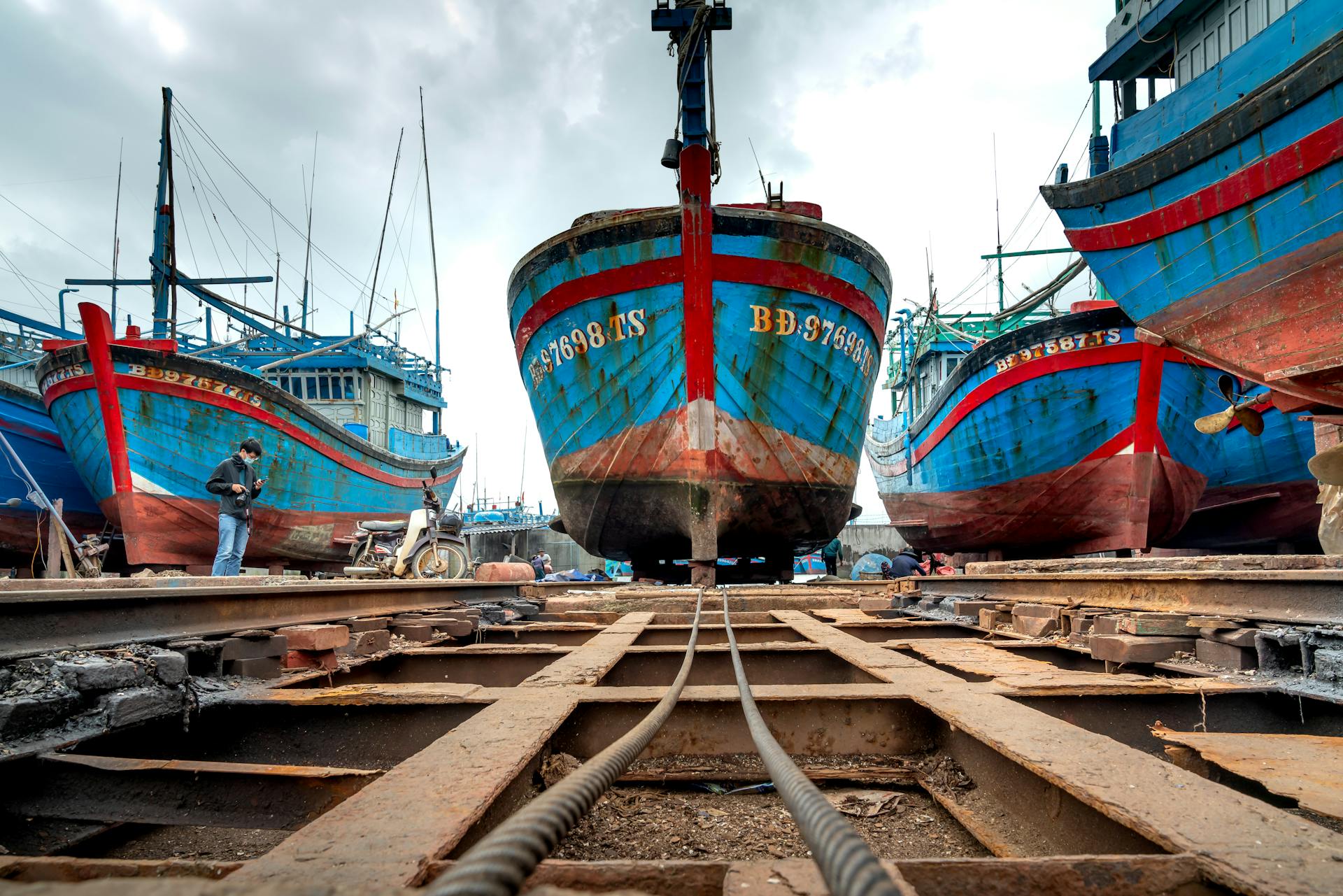
Harland and Wolff was where Andrews' shipbuilding career truly took off. He began as an apprentice and worked his way up to become the Managing Director by 1907.
Andrews was deeply involved in the construction of White Star's ocean liners, including the RMS Olympic, RMS Titanic, and RMS Britannic. These ships were designed to be the largest, safest, and most luxurious at sea.
As the Managing Director, Andrews was responsible for overseeing the plans for these ships. He was intimately connected with the design of the Olympic and Titanic, and his reputation as a genius in ship design was well-established.
Andrews was known for his tireless work ethic and willingness to lend a hand to his fellow workers. He would often share his lunch with them and encourage them to think critically about their tasks.
In 1907, Andrews began to oversee the plans for the Olympic, Titanic, and Britannic. He familiarized himself with every detail of the ships to ensure they were in optimal working order.

Andrews' suggestions for the Titanic, including 48 lifeboats and a double hull, were overruled. Despite this, he remained optimistic about the ship's safety.
Andrews was part of the guarantee group that traveled on the maiden voyages of the ships to observe operations and spot improvements. He traveled on the Titanic for its maiden voyage on April 10, 1912.
Andrews took notes on improvements he felt were needed, but ultimately deemed the ship "as nearly perfect as human brains can make her." Little did he know, the Titanic's maiden voyage would be its final one.
Death and Legacy
Thomas Andrews' final moments on the Titanic are shrouded in mystery, but it's clear that he didn't give up easily. He was last seen standing alone in the 1st-class smoking room, his lifebelt lying on a nearby table.
Andrews was reportedly in a state of shock, and some accounts suggest he was staring at a painting over the fireplace, which might have been a distraction from the dire situation. However, this popular story has been disputed by some historians.
Thomas Andrews likely stayed in the smoking room for some time, gathering his thoughts before continuing to assist with the evacuation. He was seen on the back of the boat deck around 2:00 a.m., waving his arms and calling to women who were reluctant to leave the ship.
A Record Set Straight: The Last Sighting
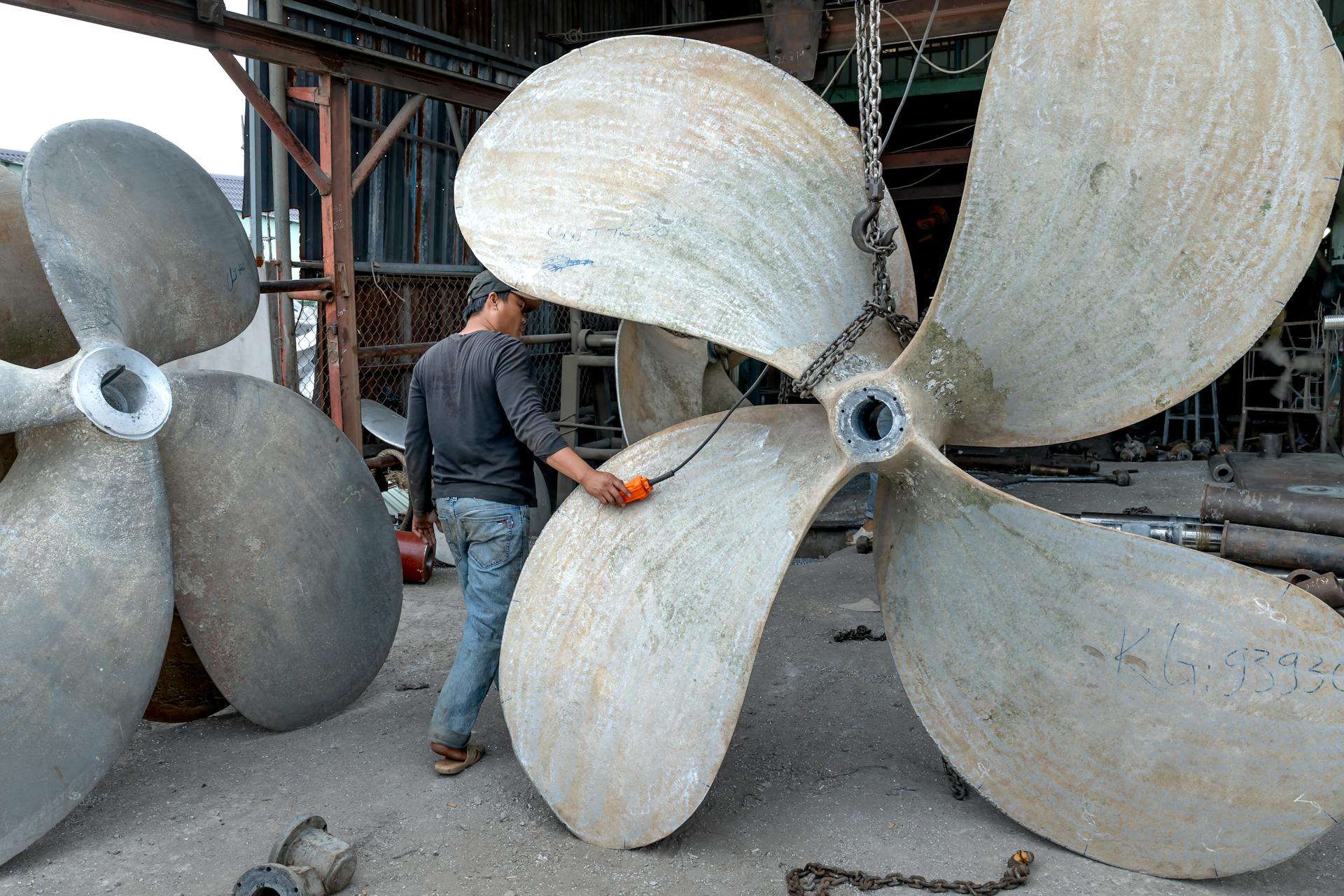
Thomas Andrews' last sighting is often depicted as him standing frozen in the First Class Smoking Room, but this is a myth.
The story of this sighting came from Verandah Cafe Steward John Stewart, who reported seeing Andrews in the Smoking Room, but Stewart actually left the ship at 1:40 am.
There is circumstantial evidence to suggest that Stewart was not on the ship when he claimed to have seen Andrews.
Andrews was likely seen on the back of the boat deck around 2:00 a.m., where he was throwing deck chairs into the ocean for people to use as floatation devices.
He was also seen carrying a lifebelt, possibly the same one that was lying on the table in the smoking room, heading to the bridge, possibly in search of Captain Smith.
A mess steward named Cecil Fitzpatrick claimed to have seen Andrews and Captain Smith together on the bridge just a few minutes before the ship began its final plunge, and that both men jumped overboard just before the bridge was submerged.
Legacy

Thomas Andrews' legacy is a testament to his heroic actions on the Titanic. He's remembered as a true hero, who gave up his life to save others.
Newspaper accounts of the disaster hailed him as a hero, and his mother's cousin even sent a telegram to his father, describing him as having died a heroic death. The telegram read: "INTERVIEW WITH TITANIC'S OFFICERS. ALL UNANIMOUS THAT ANDREWS DIED A HEROIC DEATH, THINKING ONLY OF OTHER'S SAFETY. EXTEND HEARTFELT SYMPATHY TO ALL."
The community in Comber, where Andrews was from, built a substantial memorial in his honor, the Thomas Andrews Jr. Memorial Hall, which opened in January 1914. It's now maintained by the South Eastern Education Board and used by The Andrews Memorial Primary School.
An Ulster History Circle blue plaque is located on his house in Windsor Avenue, Belfast, serving as a reminder of his life and legacy.
Sources
- https://en.wikipedia.org/wiki/Thomas_Andrews
- https://kids.kiddle.co/Thomas_Andrews
- https://coastmonkey.ie/thomas-andrews-chief-designer-titanic/
- https://www.titanicbelfast.com/history-of-titanic/titanic-stories/a-history-of-the-shipyard-thomas-andrews/
- https://atlanticliners.com/white_star_home/titanic_home/titanic-faqs-the-last-sighting-of-thomas-andrews/
Featured Images: pexels.com
